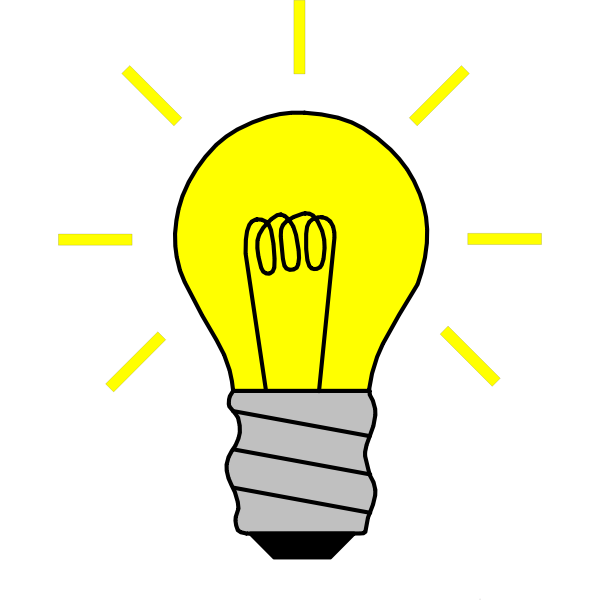Introduction
In the world of cognitive functions, The complex relationship between intelligence and creativity has long impressed researchers and thinkers. These two cognitive faculties, while distinct, share a complex relationship as they process information to generate solutions and insights.
Definition of Intelligence
Binet defined intelligence as “the components of intelligence are reasoning, judgement, memory, and the power of abstraction.”
Woodworth and Marquis said that “Intelligence means intellect put to use. It is the use of intellectual abilities for handling a situation or accomplishing any task.”
Freeman want to said that “Intelligence is represented in behaviour by the capacity of the individual to adjust himself to new situations, to solve new problems, to learn”

Definition of Creativity
Getzels and Jackson wants to say that “Creativity is the ability to produce work that is both novel ( i.e, original, unexpected) and appropriate (i.e, useful, adaptive, concerning task.”
Complementary Cognitive Processes
Intelligence and creativity are different cognitive abilities that also play different roles yet are intertwined in the brain’s intricate workings. Intelligence involves the capacity to analyse information, reason logically, and solve problems efficiently.
On the other hand, creativity enhances on generating novel ideas, unconventional solutions, and imaginative concepts.
JP Guilford’s Views
To continue the exploration of the intelligence-creativity nexus, JP Guilford introduced the Structure of Intellect model. This innovative framework sheds light on the multidimensional nature of cognitive abilities.
Guilford’s model divides thinking methods into three distinct dimensions: content, operations, and products. Each dimension further branches into subsets of five to six specific abilities.
These diverse cognitive components synergistically combine to yield a vast array of thinking processes and problem-solving approaches, totaling an astonishing 150 unique methods.
The Dynamic Dimensions
Within Guilford’s Structure of Intellect model, the content dimension encompasses the knowledge and information an individual possesses.
Intelligence often shines in this world, as it involves the assimilation, organisation, and utilisation of existing information to study complex challenges.
On the other hand, creativity thrives in the operations and products dimensions.
Operations refer to the mental processes employed to manipulate information, while products represent the tangible outcomes of these mental manipulations, such as innovative ideas or artistic creations.
Mutual Enhancement
While intelligence and creativity occupy distinct domains, they are far from mutually exclusive.
In fact, they often enhance one another, creating a synergistic relationship. Intelligence provides the foundation of knowledge and analytical thinking required for creative insights to take root.
Conversely, creativity injects new perspectives, originality, and innovative solutions into the realm of intelligence.
A Harmonious flow of Sound
Imagine intelligence and creativity as instruments in a music event, each playing a unique tune that contributes to the harmonious symphony of cognitive function.
The intellect, guided by intelligence, conducts the logical score, while creativity introduces unexpected melodies that elevate the composition to new heights.
This intricate interplay enriches cognitive processes, allowing individuals to navigate intricate problems with both analytical rigor and innovative flair.
A Holistic Approach
As we delve deeper into the relationship between intelligence and creativity, it’s crucial to embrace a holistic perspective.
Rather than isolating these cognitive faculties, recognizing their symbiotic nature can lead to more effective learning strategies, problem-solving techniques, and approaches to education.
By nurturing both intelligence and creativity, we empower individuals to tackle challenges from multiple angles, tracks a comprehensive and dynamic cognitive toolkit.
My Perspective
The relationship between intelligence and creativity is a nuanced one, showcasing the multidimensional nature of human cognition. While distinct in their functions, these cognitive faculties harmoniously contribute to the diverse symphony of the human mind.
JP Guilford’s Structure of Intellect model offers us a glimpse into the intricate dimensions of thought, highlighting the interwoven threads of intelligence and creativity.
As we continue to explore the depths of cognitive processes, we will achieve the potential for groundbreaking facts and innovative solutions that shape our understanding of the world.
Was this helpful?
0 / 0